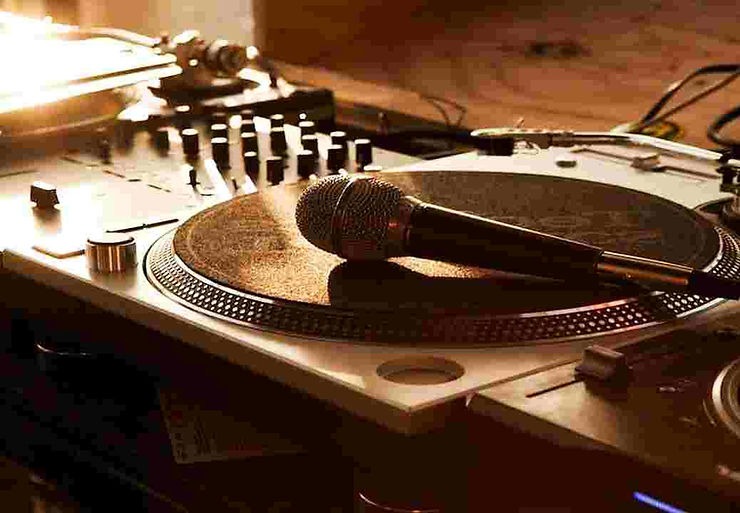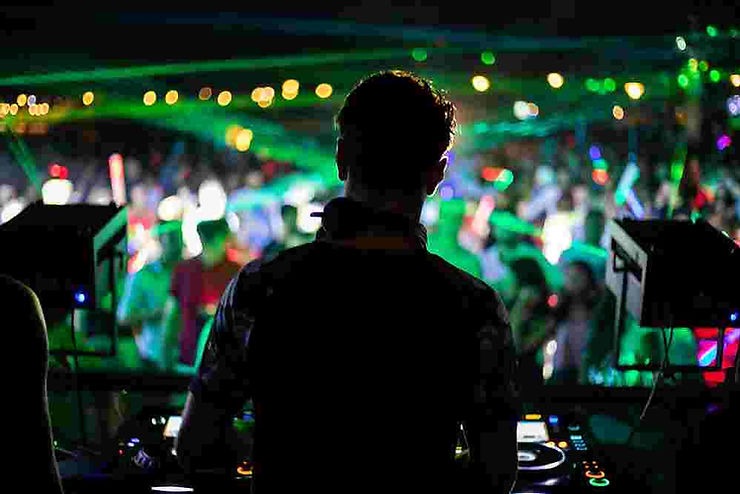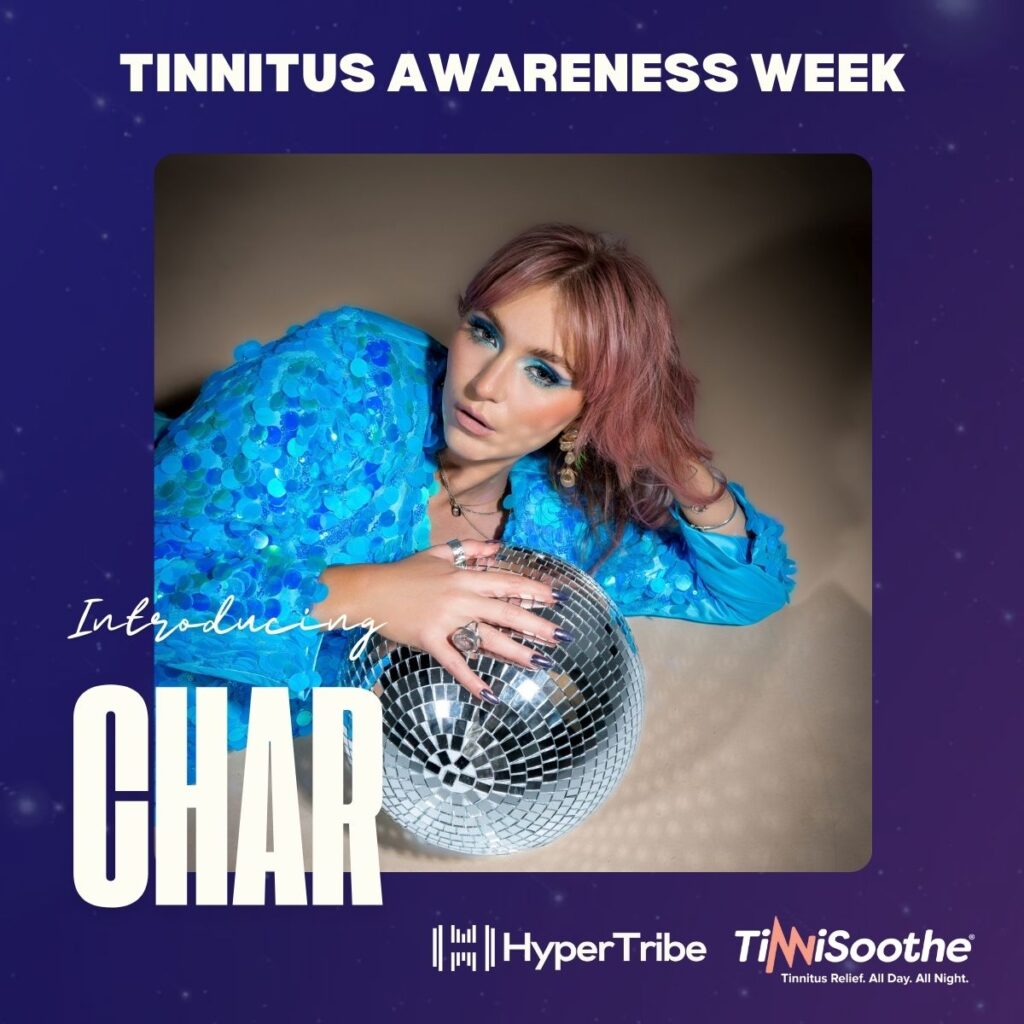The Evolution of Electronic Dance Music
From Disco to EDM: A Brief History
From its origins in disco music, electronic dance music (EDM) has evolved quite a distance. With its contagious rhythms and vigorous dancing routines, disco dominated the music landscape in the late 1970s But the sound of dance music evolved along with technology. Rising as a genre in the 1980s, EDM used synthesizers and electronic instruments to produce an interesting and fresh sound. This signaled the start of a change in the music business when conventional marketing techniques were not the only factor influencing success.
The Influence of Technological Advancements
The scene of electronic dance music has been shaped by technological developments. From the early days of disco to the current age of EDM, new businesses have constantly pushed the envelope of what is feasible in music production and performance.
Digital audio workstations (DAWs), synthesizers, and drum machines among other innovations have transformed the way music is produced and written. These instruments have let musicians explore several sounds and produce original compositions that appeal to listeners all over.
The Rise of Subgenres: Exploring Different Sounds
A plethora of subgenres emerged as electronic dance music (EDM) developed, each having a distinct sound and style. These subgenres let musicians push the envelope of conventional EDM and explore. Every taste and mood may be found in a subgenre from the melodic and emotive sounds of trance to the high-energy rhythms of hardstyle.
Dubstep is one outstanding representative of the EDM subgenre family. Popular in the late 2000s and early 2010s, dubstep is well-known for its strong basslines and sharp drops. Artists like Skrillex and Excision began to be associated with the genre as they displayed its raw vitality and forceful sound.
House music is another prominent subgenre. Originally from the 1980s, house music is distinguished by soulful vocals and repeating rhythms. Since then, it has developed into other subgenres like tech house and deep house, each with a unique interpretation of the traditional house sound.
Apart from these subgenres, there are fusion genres combining EDM components with other musical genres. Trap music is one instance of EDM mixed with hip-hop and rap elements. The end effect is a genre with strong bass and appealing hooks that is both rough and lively.
Subgenres in EDM have helped to create a varied and energetic music environment. Artists are allowed to investigate many sounds and techniques, while listeners have a large choice from which to draw. In the realm of EDM, there is something for everyone regardless of your taste in hard-hitting dubstep sounds or enticing rhythms of dance music.
The Impact of Electronic Dance Music on Pop Culture
EDM in Mainstream Music: Collaborations and Crossovers
With partnerships and crossovers rising in frequency, Electronic Dance Music (EDM) has had a major influence on mainstream music. Coming together to produce original and creative compositions appealing to a broad audience, musicians from all genres are These partnerships not only provide EDM to fresh audiences but also give musicians chances to grow their fan base and surpass previous success levels. Combining EDM with other genres has produced chart-topping singles and more financial benefit for the musicians engaged as well as the music business overall.
EDM Festivals: A Global Phenomenon
Attracting millions of music enthusiasts from all around, EDM celebrations have grown to be a worldwide phenomenon. These celebrations honor the experience and feeling of community they produce as much as the music. People gather to honor their passion for electronic dance music, therefore generating a lively and exciting scene.

These events provide an immersive experience impossible to imitate elsewhere with many stages, amazing production sets, and well-known DJs. You enter a world of music, lights, and sheer exhilaration the instant you set foot on the festival grounds.
The Role of Social Media in EDM’s Popularity
Electronic dance music (EDM) has become very popular thanks in great part to social media. Artists, fans, and business experts have found a forum on sites like Facebook, Twitter, and Instagram to network and spread their passion for EDM. Artists may advertise their songs, engage with fans, and cultivate a devoted following by employing these sites. Conversely, fans may find fresh music, get informed about their preferred musicians, and network with like-minded others who also like EDM.
The Art of DJing in Electronic Dance Music
The Essential Skills of a DJ
To succeed in the realm of electronic dance music, as a DJ you must have a few fundamental abilities. Strategic planning is one of these abilities. Plan your setlist and the song sequence you will be using before every performance. This helps you to provide your audience with a coherent and interesting encounter. You can keep the audience moving and guarantee a great DJ performance by carefully choosing songs that build up intensity and provide unforgettable events.

One such crucial quality is crowd reading ability. You as a DJ have to be able to sense the audience’s mood and energy and modify your music. Paying close attention to the crowd’s responses and body language can help you decide which tunes to perform next. Making a connection with the audience and keeping them interested all through your act depend on this ability.
A DJ also depends critically on technical ability. Whether your equipment is digital controllers or turntables, you must be somewhat knowledgeable about it. Knowing how to correctly set up and run your equipment will help you to move between songs without trouble. It also lets you include additional artistic devices and effects into your performance.
Ultimately, being a great DJ in the realm of electronic dance music depends on honing the fundamental talents of strategic planning, audience reading, and technical expertise.
DJ Equipment: From Turntables to Digital Controllers
Regarding DJ equipment, there are now more choices than ever years. DJs today have a great array of gear from the vintage turntables to the contemporary computerized controls. Any future DJ must be familiar with the many kinds of tools. Let’s examine more closely the benefits of the change from turntables to digital controls.
The Art of Mixing and Beatmatching
For DJs in the realm of electronic dance music, mixing, and beatmatching are very crucial abilities. Mixing is the technique of fluidly combining two or more tracks to produce a smooth song transition. To produce a harmonic and coherent sound, one must modify the volume, equalization, and effects. Conversely, beatmatching is the method used to match two songs’ beats so they play in time. This guarantees a constant music flow and maintains the strong dancing floor excitement.
DJs need their hearing and understanding of music theory to properly mix and match. They utilize the pace, key, and structure of every music to guide exact changes. Before inserting the following track into the mix, DJs also match the rhythms and trigger it using headphones.
When selecting tools for mixing and beatmatching, DJs could find great use for product ratings. Reviewing evaluations and comparisons can help DJs decide which equipment would best fit their requirements. When choosing DJ equipment, it’s crucial to weigh elements like sound quality, longevity, and simplicity of usage.
DJs must not just possess technical ability but also a strong awareness of the music they perform. They must be conversant with many electronic dance music genres, musicians, and trends. DJs that possess this information may design distinctive and interesting sets that appeal to their particular audience.
DJs who want to succeed in the realm of electronic dance music must first learn the technique of mixing and beatmatching generally. One needs practice, commitment, and a love of music. DJs can provide dancefloor memories that will last a lifetime with the correct tools and abilities.
The Business Side of Electronic Dance Music
Record Labels and Artist Management
Electronic dance music musicians’ success depends much on record companies. They provide musicians with the tools and financial means they need to create and distribute their work. Furthermore crucial for artist management are branding best practices. Strong brand identification enables musicians to develop a committed following and stand out in a saturated market.
It entails developing a distinctive visual style, logo, and image that captures the artist’s music and attitude. Record companies also perform crucial chores like distribution, marketing, and organizing events, and tours. Their knowledge and business contacts enable artists to land rich possibilities and a larger audience.
The Economics of EDM: Streaming and Live Performances
Electronic dance music (EDM) is now consumed and disseminated differently thanks to streaming services. Platforms like Spotify, Apple Music, and SoundCloud let musicians access a worldwide audience with their work. For both seasoned musicians and young producers, this has created fresh chances.
The success of EDM musicians depends much on production management. It entails supervising the production line, liaising with mastering studios and sound experts, and making sure the result satisfies the best quality standards. Good production control may enable musicians to produce work that distinguishes themselves in a saturated market and appeals to their audience.
The Role of DJs as Brand Ambassadors
DJs are very important brand champions in the hectic world of electronic dance music. They are influencers who impact the sector and propel its expansion in addition to performers. DJs are trendsetters in the music business as they may expose to their audience fresh sounds and performers. DJs with their great knowledge and experience can create special and unforgettable events for their listeners.
Many times, companies want DJs to advertise their goods and services. Their impact is beyond the music business as they are quite visible in the entertainment, fashion, and lifestyle industries. By working with DJs, companies may use their sizable and committed following to reach a larger audience and raise brand recognition.
DJs serve as brand champions in ways other than just sponsorships. Seen as tastemakers and trendsetters, they can alter consumer tastes and impact buying choices. Effective brand champions are DJs as they can establish a close emotional relationship with their listeners. Their audience finds resonance in their genuineness and love of music, which helps them to be reliable voices in the business.
DJs must establish a strong personal brand if they want to be successful brand champions. They must remain faithful to their musical style and principles while also adjusting to the evolving tastes and industry expectations. DJs must be always creative and boundary-pushing, ahead of the curve to be current and powerful.
DJs in the cutthroat music business must set themselves apart. They must create their own brand and identity that distinguishes them from others. This covers cultivating a trademark sound, writing creative music, and building a strong web presence. DJs may draw additional chances and partnerships by developing a strong personal brand, thus strengthening their function as brand champions.
As brand champions in the electronic dance music scene, DJs are ultimately very important. Their impact goes beyond the music business as they may change customer tastes and increase brand recognition. DJs establish themselves as reliable voices in the business and provide unforgettable events for their listeners by combining their special talents with their love of music.
What is the future of electronic dance music?
Constant innovation and experimentation with new sounds, rhythms, and production methods define electronic dance music (EDM). New genres or subgenres constantly have chances to arise as cultural influences change and technology develops.
Is electronic dance music still popular?
Yes, people still like EDM. Though its peak was between 2010 and 2017, its audience is still somewhat significant, particularly in Europe.
What is the difference between EDM and electronic dance?
Not a genre is it, Electronic dance music, or EDM, is the aggregated name for all the genres within the dance music scene. Among them are ambient, drum and bass, house, electro, techno, trance, hardstyle, and many more.
Welcome to the article section of our website, where we explore the business side of Electronic Dance Music (EDM). At HyperTribe Ltd, our goal is to help aspiring musicians start a successful career in the music industry. Through our blog, we provide valuable tips and tricks on how to access the music industry and navigate its challenges. Join Membership.
Our articles are regularly published, featuring interviews with industry professionals and insights from our founder, Kimmy Dickson. Whether you’re a DJ, producer, or artist, we have the resources and knowledge to guide you on your journey. Join us today and discover what it takes to make it in the music industry.



